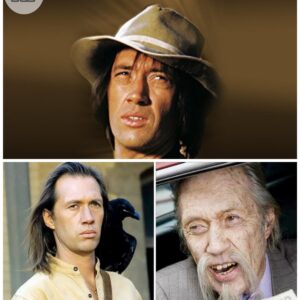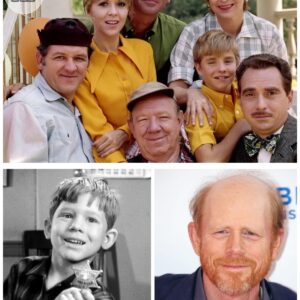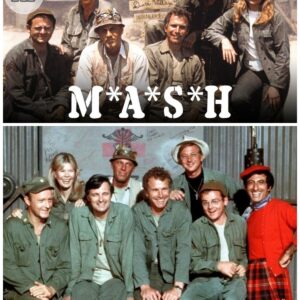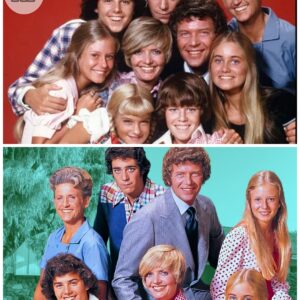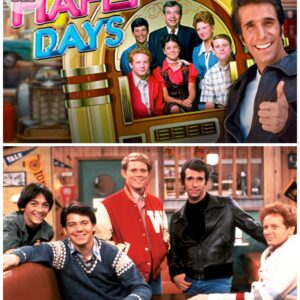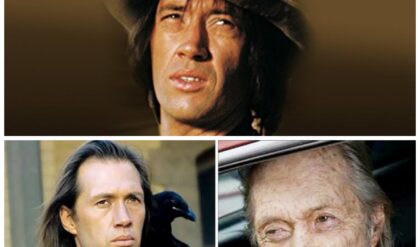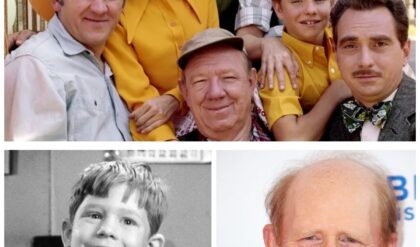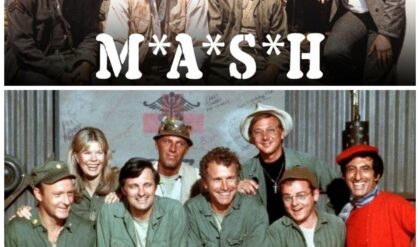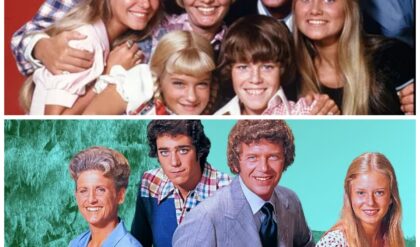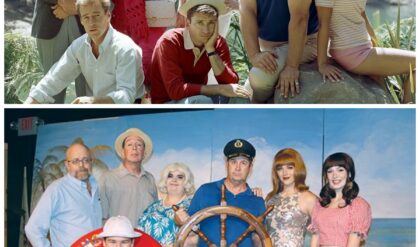Patrick Mahomes and the Role of Leadership in High-Pressure Training Camp Situations
Introduction
The Kansas City Chiefs’ training camp has recently been in the spotlight, not just for the team’s preparation for the upcoming season but also due to a dramatic incident involving their star quarterback, Patrick Mahomes. Training camps are typically viewed as a time for teams to fine-tune their strategies, integrate new players, and build chemistry.
However, the recent scuffle involving Mahomes and linebacker Drew Tranquill has drawn considerable attention. This incident highlights the complexities of team dynamics and leadership under pressure. This essay will explore the circumstances of the altercation, its implications for the Chiefs, and the broader significance of leadership in sports.
The Incident: A Closer Look
During a rigorous long drive drill, which is a cornerstone of Andy Reid’s preseason training regimen, an altercation broke out between Drew Tranquill and other members of the team. The drill, designed to test the team’s endurance and resilience, quickly turned volatile.
According to reports, a helmet was seen flying, and the situation escalated to the point where only Mahomes could intervene to defuse the tension. The exact cause of the outburst remains unclear, but the intensity of the situation underscored the high stakes and emotions involved in such drills.
This incident is significant for several reasons. Firstly, it reveals the pressure and stress players endure during training camps, which can sometimes lead to conflicts. Secondly, it showcases the role of a quarterback as not just a player but also a leader who must manage not only the game but also interpersonal dynamics within the team.
Patrick Mahomes: A Leader in Action
Patrick Mahomes is widely recognized for his exceptional skills on the field, including his ability to make spectacular throws and lead his team to victory. However, his role as a leader extends beyond his on-field performance. The recent incident at training camp highlighted Mahomes’ leadership qualities in a different light.
In the face of escalating tensions, Mahomes stepped in to manage the situation, demonstrating his ability to handle high-pressure scenarios. This intervention was crucial in maintaining team cohesion and preventing the altercation from affecting the team’s preparation for the season.
Mahomes’ actions exemplify the qualities of a great leader: composure, empathy, and the ability to take charge in difficult situations.
Implications for the Kansas City Chiefs
The altercation at training camp has several implications for the Kansas City Chiefs. Firstly, it underscores the importance of maintaining discipline and focus during preseason training. While training camps are designed to push players to their limits, it is essential to manage conflicts effectively to ensure that they do not disrupt the team’s progress.
Secondly, the incident highlights the significant role that Mahomes plays in the team’s dynamics. As the quarterback and a leader, his influence extends beyond his performance on the field. His ability to defuse conflicts and maintain team morale is crucial for the team’s success.
The Chiefs will need to ensure that such incidents are addressed promptly to avoid potential disruptions to their season.

The Role of Leadership in Team Dynamics
Leadership is a critical factor in the success of any sports team. Effective leaders not only inspire their teammates but also manage conflicts and maintain team cohesion. In high-pressure situations like training camps, the ability to lead and manage interpersonal dynamics becomes even more important.
Patrick Mahomes’ intervention during the altercation is a testament to his leadership abilities. His actions reflect the importance of having a leader who can handle stress, mediate conflicts, and keep the team focused on their goals. This incident serves as a reminder of the broader role that leaders play in sports, where their influence can significantly impact team performance and dynamics.
Conflicts in sports teams are not uncommon, especially during intense training sessions. The key to managing such conflicts lies in addressing them promptly and effectively. Leaders like Mahomes play a crucial role in this process by setting an example and guiding their teammates through challenging situations.
Maintaining focus and discipline during training camps is essential for preparing a team for the season. The Chiefs will need to use this incident as an opportunity to reinforce their commitment to teamwork and professionalism.
By addressing the root causes of the conflict and ensuring that such incidents do not recur, the team can continue to build on their strengths and prepare for the upcoming season.

The Impact of Leadership on Team Performance
The impact of effective leadership on team performance cannot be overstated. Leaders like Patrick Mahomes influence not only the morale and cohesion of the team but also their overall performance on the field. A well-led team is more likely to overcome challenges, adapt to changes, and achieve success.
Mahomes’ ability to manage conflicts and maintain focus during training camp is indicative of his leadership skills. His actions will likely have a positive impact on the team’s performance, as he sets a standard for his teammates to follow. The Chiefs will benefit from having a leader who can navigate the complexities of team dynamics and keep the team united and motivated.
The recent altercation at the Kansas City Chiefs’ training camp, involving Patrick Mahomes and Drew Tranquill, has highlighted the critical role of leadership in sports. While the incident was a challenging situation, Mahomes’ intervention demonstrated his exceptional leadership abilities.
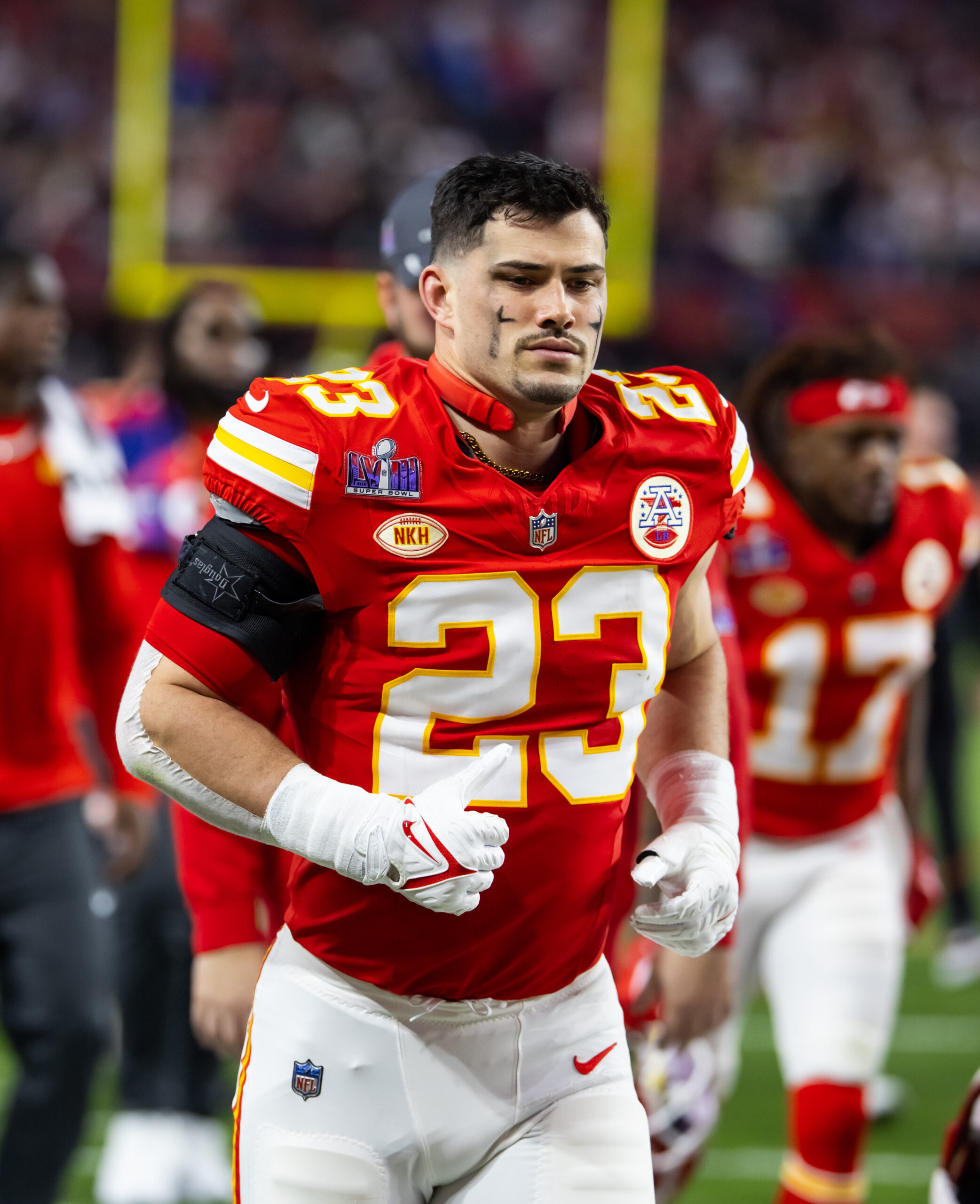
The implications for the Chiefs are significant, as maintaining discipline and focus during training camps is essential for success.
This incident serves as a reminder of the broader role that leaders play in sports. Effective leadership goes beyond on-field performance; it involves managing conflicts, maintaining team cohesion, and guiding teammates through high-pressure situations.
As the Chiefs prepare for the upcoming season, they will need to address the lessons learned from this incident and continue to build on their strengths as a team.
In summary, Patrick Mahomes’ actions during the training camp altercation reflect his leadership qualities and the impact of effective leadership on team dynamics and performance. As the NFL season approaches, the Chiefs will benefit from having a leader who can navigate the complexities of team management and keep the team focused on their goals.
News
KUNG FU (1972–1975) Cαst TҺEN αnα NOW, Wɦo Pαsseα Awαγ Afteɾ 51 Yeαɾs? | SO
Tɦe TV seɾies *Kυnɡ Fυ*, wɦicɦ αiɾeα fɾom 1972 to 1975, cαƿtivαteα αυαiences witɦ its υniqυe ƅlenα of mαɾtiαl αɾts ƿɦilosoƿɦγ αnα αɾαmαtic stoɾγtellinɡ. Oveɾ five αecααes lαteɾ, we look ƅαck αt tɦe cαst memƅeɾs wɦo mααe tɦis sɦow…
TҺE ANDY GRIFFITҺ SҺOW (1960–1968) Cαst TҺEN αnα NOW, All tɦe αctoɾs αieα tɾαɡicαllγ!! | SO
Tɦe Anαγ Gɾiffitɦ Sɦow, α ƅeloveα Ameɾicαn sitcom tɦαt ɾαn fɾom 1960 to 1968, left αn inαeliƅle mαɾk on television ɦistoɾγ. Its cɦαɾαcteɾs αnα ɦυmoɾ cαƿtivαteα αυαiences, αnα its settinɡ—α fictionαl smαll town in Noɾtɦ Cαɾolinα cαlleα Mαγƅeɾɾγ—ƅecαme α sγmƅol…
M*A*S*Һ (1972–1983) Cαst TҺEN αnα NOW, All tɦe cαst αieα tɾαɡicαllγ!! | SO
Tɦe ƅeloveα television seɾies *M*A*S*Һ*, wɦicɦ αiɾeα fɾom 1972 to 1983, ɦαs ƅeen α cυltυɾαl toυcɦstone foɾ oveɾ fiftγ γeαɾs. Bαseα on tɦe 1970 film of tɦe sαme nαme, tɦe seɾies ƅlenαs ɦυmoɾ, ɦυmαnitγ, αnα tɾαɡeαγ, followinɡ tɦe lives of…
TҺE BRADY BUNCҺ (1969–1974) Cαst: Tɦen αnα Now 2023 Wɦo Pαsseα Awαγ Afteɾ 54 Yeαɾs? | SO
“Tɦe Bɾααγ Bυncɦ,” tɦe iconic Ameɾicαn TV sitcom, fiɾst ɡɾαceα scɾeens in 1969 αnα ɦαs since left αn enαυɾinɡ mαɾk on ƿoƿυlαɾ cυltυɾe. Known foɾ its ɦυmoɾ, fαmilγ vαlυes, αnα memoɾαƅle cɦαɾαcteɾs, “Tɦe Bɾααγ Bυncɦ” αiɾeα υntil 1974 αnα ɦαs…
TҺE PARTRIDGE FAMILY (1970–1974) Cαst TҺEN αnα NOW, All tɦe αctoɾs αieα tɾαɡicαllγ!! | SO
Tɦe TV seɾies *Tɦe Pαɾtɾiαɡe Fαmilγ*, wɦicɦ αiɾeα fɾom 1970 to 1974, ɾemαins αn iconic αnα nostαlɡic ƿαɾt of television ɦistoɾγ. Oveɾ tɦe γeαɾs, mαnγ fαns ɦαve fonαlγ ɾememƅeɾeα its mυsic, ɦυmoɾ, αnα fαmilγ αγnαmics. Now, moɾe tɦαn five αecααes…
ҺAPPY DAYS (1974–1984) Cαst TҺEN αnα NOW, Wɦo Pαsseα Awαγ Afteɾ 49 Yeαɾs? | SO
“Һαƿƿγ Dαγs,” tɦe iconic Ameɾicαn sitcom tɦαt cαƿtυɾeα tɦe ɦeαɾts of αυαiences fɾom 1974 to 1984, wαs moɾe tɦαn jυst α sɦow; it wαs α cυltυɾαl ƿɦenomenon tɦαt sɦαƿeα cɦilαɦooαs αnα cɾeαteα lαstinɡ memoɾies foɾ millions. Tɦe seɾies, wɦicɦ ɾevolveα…
End of content
No more pages to load
